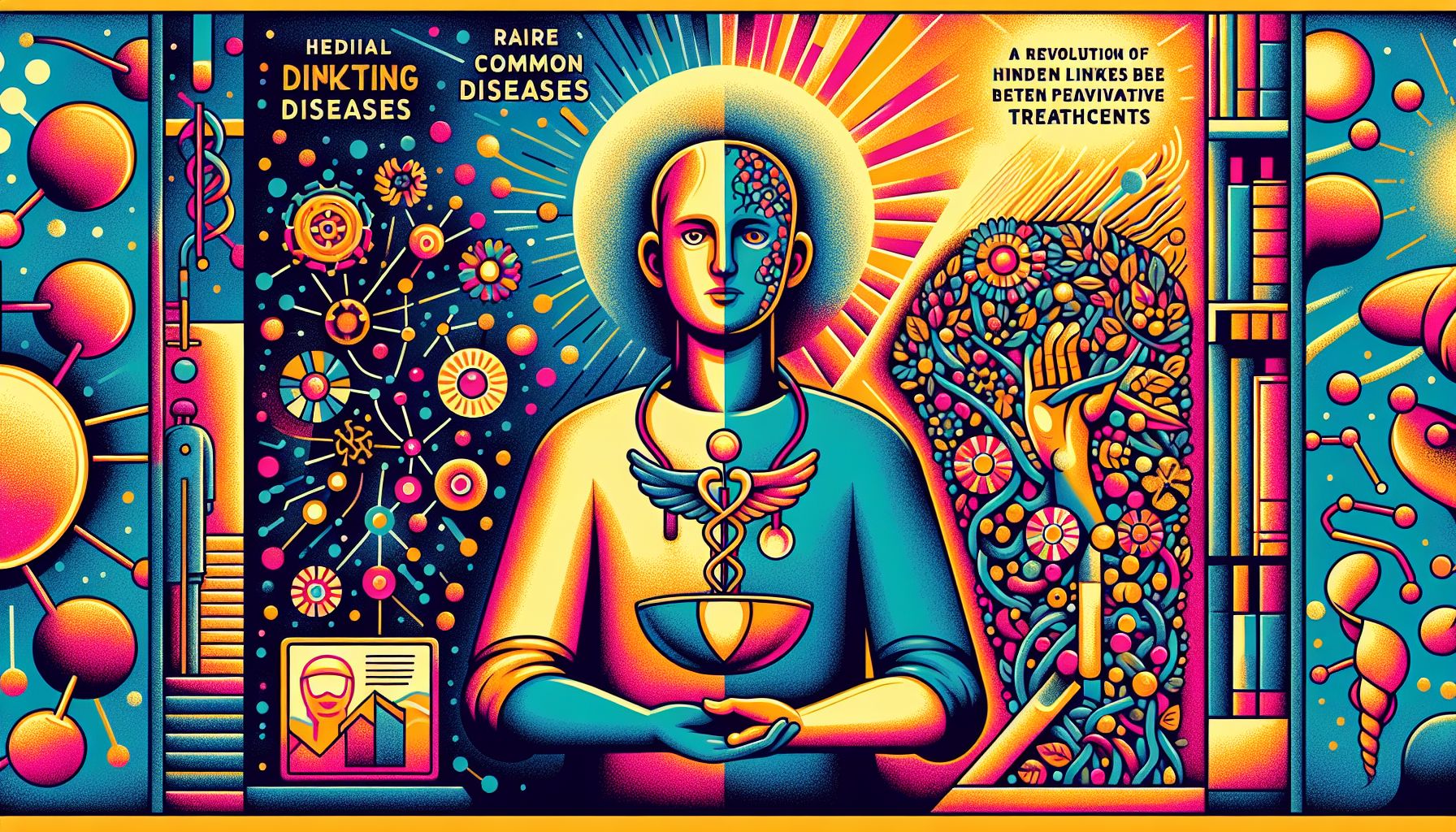AI Uncovers Hidden Links Between Rare and Common Diseases

Artificial intelligence is revealing unexpected similarities between rare and common diseases, leading to innovative treatments. This discovery could revolutionize healthcare in the Netherlands by enabling more personalized care.
The Role of AI in Disease Detection
Artificial intelligence (AI) plays a pivotal role in uncovering hidden links between rare and common diseases. By analyzing vast amounts of medical data, AI can identify patterns and similarities that human researchers might miss. This capability is particularly useful in the study of rare diseases, which often lack extensive research due to their low prevalence. AI’s ability to detect these hidden connections can lead to new treatments and therapies, greatly benefiting patients.
Breakthroughs in the Netherlands
In the Netherlands, researchers at the Erasmus MC Rare Diseases Center in Rotterdam are at the forefront of this groundbreaking work. Led by Edward Nieuwenhuis, the center has identified 57 expert centers dedicated to improving diagnostics and treatment strategies for rare diseases. The use of AI has enabled the identification of commonalities between rare diseases such as Prader-Willi syndrome and Pompe disease and more prevalent conditions, leading to more effective and personalized treatments[1].
How AI Identifies Disease Patterns
AI algorithms analyze genetic, phenotypic, and clinical data to detect patterns and common features among different diseases. For instance, the ThinkRare algorithm developed by CHEO researchers in Ottawa has successfully identified undiagnosed rare genetic diseases in children, leading to early and accurate diagnoses. This algorithm has a three-for-three success rate in diagnosing rare diseases in patients referred for genetic testing, showcasing AI’s potential in revolutionizing diagnostic processes[2].
Personalized Treatment Approaches
The insights gained from AI analysis allow for more personalized treatment approaches. By understanding the genetic and molecular profiles of patients, healthcare providers can tailor treatments to the specific needs of individuals. This personalized approach is becoming more common, as seen in the study of diseases like Niemann-Pick, which has led to breakthroughs in treating more common conditions such as chronic obstructive pulmonary disease (COPD)[1].
Implications for Future Healthcare
The potential for AI to transform healthcare is vast. By identifying unexpected connections between different diseases, AI not only provides new treatment avenues but also raises important questions about the underlying biological processes. This could lead to a better understanding of why diseases manifest differently in patients and drive further research into more effective treatments. The convergence of approaches to rare and non-rare diseases underscores the importance of individualized care, moving away from a one-size-fits-all model to one that is tailored to each patient’s unique profile[1][3].
Conclusion
AI’s ability to uncover hidden links between rare and common diseases is a significant breakthrough in medical science. The work being done in the Netherlands and beyond highlights the potential for AI to revolutionize healthcare by enabling more personalized and effective treatments. As research continues, we can expect AI to play an increasingly crucial role in improving patient outcomes and transforming the way we approach disease treatment and prevention.

